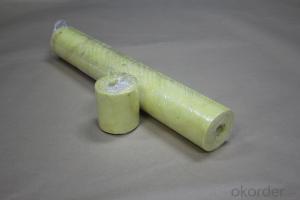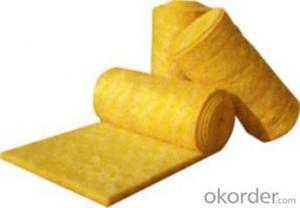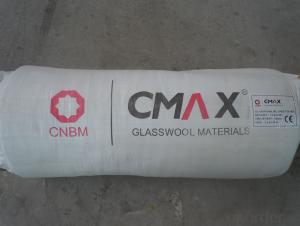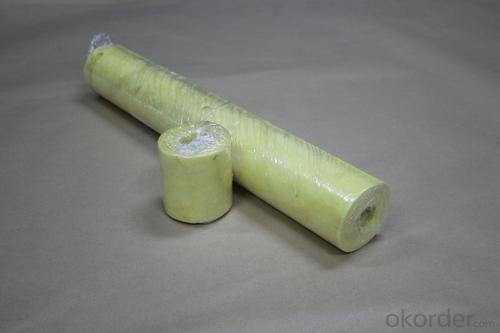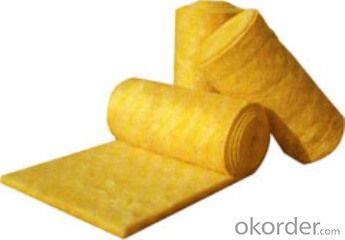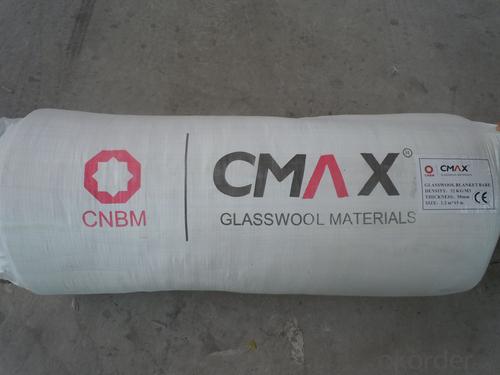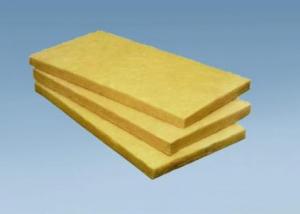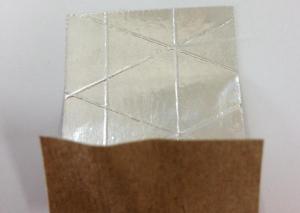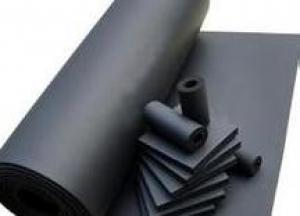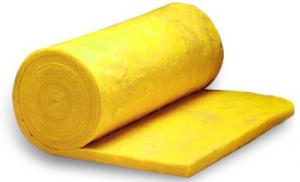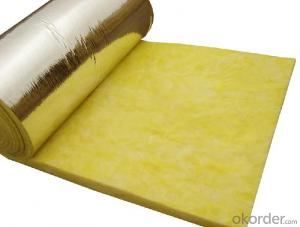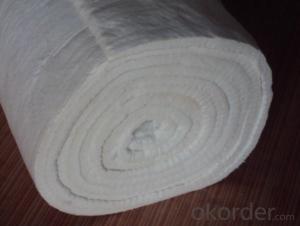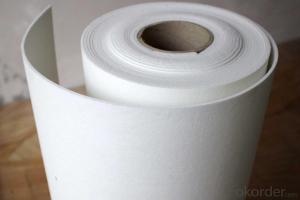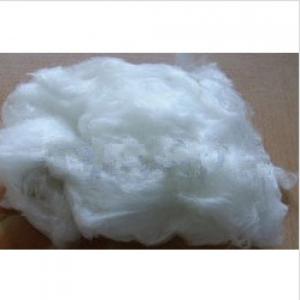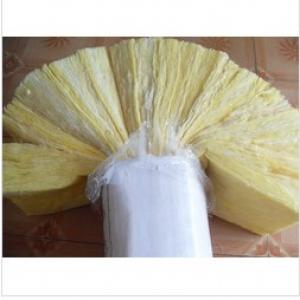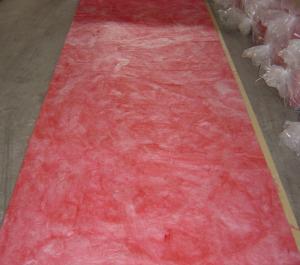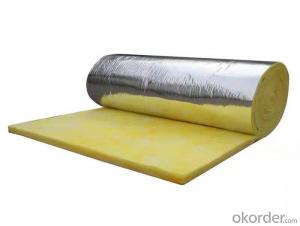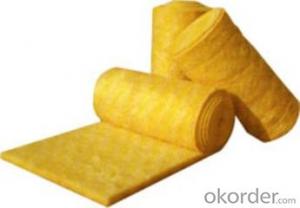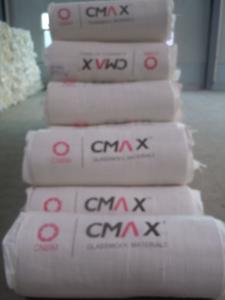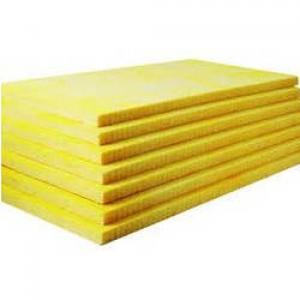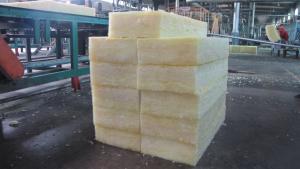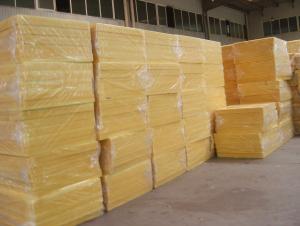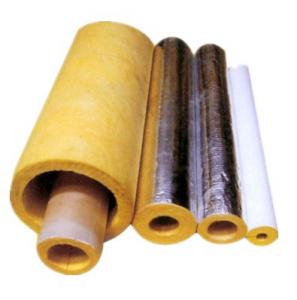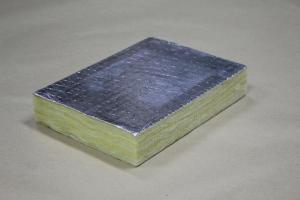Glass Wool Unfaced - Glass Wool
- Loading Port:
- China Main Port
- Payment Terms:
- TT OR LC
- Min Order Qty:
- -
- Supply Capability:
- -
OKorder Service Pledge
OKorder Financial Service
You Might Also Like
Product Description:
Insulation Glass Wool Pipe
In the field of insulation materials, weare mainly specializing in Glass wool products, including blankets, boards andpipes. The advantage of this material is numerous: noncombustible, nontoxic,and resistant to corrosion. It has low weight, low thermal conductivity, stablechemical property, low moisture rate and good hydrophobicity. These productshave been widely used in heat preservation, thermal insulation and soundabsorption in construction, chemical industry, electronic industry, electricpower, metallurgy, energy industry, and communication. High density panelslaminated with facing can be used for Air-conditioning duct system.
TECHNICAL DATA
Item | Unit | Index |
Density | Kg/m3 | 10-100 |
Average Fiber Diameter | μm | 5-7 |
Water Content | % | ≤1 |
Grade of Combustibility | Non-Combustible Grade A | |
Reshrinking Temp | ℃ | ≥250 |
Thermal Conductibility | w/m.k | 0.038-0.06 |
Hydrophobic | % | ≥98 |
Moisture Rate | % | ≤5 |
Noise Resistant Coefficient (NRC) | 0.75 | |
Slag Inclusion Content | % | ≤0.3 |
GLASS WOOL BLANKET
Introduction
The glass wool blanket is applied for largelaying area. Besides the character of thermal insurance, it also has theperformances of shock absorption and acoustical isolation, especially for middleor low frequency sound. It also can cancel the noise and improve workingenvironment.
The glass wool blanket with aluminum foilsurface has good capability of heat radiation protection.
Technical Data
Item | Unit | Index |
Density | Kg/m3 | 10-32 |
Thickness | mm | 25-150 |
Width | mm | 600-1200 |
Length | mm | 10000-30000 |
Note: Product with special specificationcan be made to order.
Both unfaced and faced felts can beprovided.
Application
This material can be freely cut inconstruction according to the shape required, mainly used in room,noise-canceling system, transportation, refrigerators and household electricappliances for noise canceling.
The blanket with aluminum foil is suitablefor high temperature shops, control room, inner wall of the machine shops, roomseparating and inner liners.
Package
Normal packing: Each roll is wrapped withvacuum plastic bag, and then in PE woven bag.
Special required package like PE BAG and PESHRINKED BAG can be made with additional charge.
GLASS WOOL PIPE
Introduction
As this material has the characters ofwater-proof, anti-corrosion and mildewing-proof, glass wool pipe is good atstopping condensation and freezing of the pipes.
TechnicalData
Item | Unit | Index |
Density | Kg/m3 | 48-96 |
Thickness | mm | 25-90 |
Diameter | mm | 18mm-529mm(3/4 inch to 21 inch) |
Length | mm | 1 000,1 200 |
Note: Product with special specificationcan be made to order.
Both unfaced and faced felts can beprovided.
Application
It is widely used in building, heating powerpipes, air conditioning and refrigerators for thermal insurance, such as hotwater pipes, steam pipes, electric power, petroleum and chemical industries.
Glass wool pipe faced with Alum Foil can beapplied to the surface for preventing moisture and radiation.
Package
Reasonable pieces will be packed withplastic bags or carton box, and then into container.
GLASS WOOL BOARD
Introduction
Glasswool board is a kind of plate productwith fixed strength after hot-setting of the centrifugal glass wool. It hasexcellent thermal insurance performance in the environment of both high and lowtemperature.
TechnicalData
Item | Unit | Index |
Density | Kg/m3 | 24-96 |
Thickness | mm | 20-100 |
Width | mm | 600-1 200 |
Length | mm | 1 200,2 400 |
Note: Product with special specificationcan be made to order.
Both unfaced and faced felts can beprovided.
Application
It is mainly used for the partition wall inthe high-grade building, such as ceiling, air conduit and inner wall forthermal insurance, machine shops for noise absorption, and metal ceiling forcontrol of moisture.
High density panels with laminated facingcan be used for Air-Conditioning Duct System.
Package
Reasonable pieces will be packed withplastic bags, and then into container.
- Q: Which one among polystyrene?boards, rock wool boards and glass?wool?boards is the best materials for external wall thermal insulation?
- According to the "Provisional Regulation of Civil Building External Thermal Insulation System and Exterior Wall Decoration Fire Prevention" issued by Ministry of Public Security and Ministry of Housing and Urban-Rural Development, the fireproofing performance of it should not be lower than B2-level. Rock wool board and glass wool are both accessible if taking cost into consideration. The combustion performances of polystyrene?boards are generally C- and B1-level, while the combustion performance of external wall thermal insulation materials should be A-level.
- Q: Centrifugal glass wool board and polyurethane foam, which has better thermal insulation performance?
- It depends on where you use, if there is restrictions on the space, you'd better use centrifugal glass wool, and if the place is narrow, you can use foam materials, their performances are almost the same.
- Q: What are the advantages of Rock wool and import glass wool respectively?
- Rock wool: Also known as rock cotton, mineral rock. With minerals as raw materials, it is fluffy short fine fibers. Main raw materials such as basalt, pyroxenite, dolomite, iron ore, bauxite will be made into fiber rock wool after high temperature fusion, and fiberization. It can be used as high temperature and ablation resistance as well as thermal insulation materials; sound-absorbing and thermal insulation materials for construction equipments. Asbestos alternatives can be used as cement products, rubber reinforcing materials and high temperature sealing materials, as well as high-temperature filter and catalytic carrier, etc. 1. Insulation property: Basic features of Insulation performance of rock wool, slag wool products 2. Combustion performance 3. Sound insulation performance: Rock wool, slag wool products have excellent sound absorption performance. Glass wool belongs to glass fiber. Category: machine-made fiber, molten glass wool glass, fibrosis-like materials, it is the fiber that belongs to glass. Type, bulk density, low thermal conductivity, thermal insulation, sound-absorbing performance, corrosion resistance, chemical stability.
- Q: What are the differences between glass asbestos and glass?reinforced?plastics?
- Asbestos is the general term of natural fibrous silicious minerals, which is a silicate mineral fiber fireproof?panels of construction materials. It is the only natural mineral?fiber with good tensile strength, thermal insulation and corrosion resistance performance, thus it has a wide application. There are many kinds of asbestos, the three most common ones are chrysotile asbestos(white asbestos), amosite asbestos(brown asbestos) and crocidolite asbestos (blue asbestos), and the chrysotile asbestos is the most abundant, and commonly-used one. Glass fiber is an excellent inorganic nonmetallic material. The original name in English: glass fiber. Glass balls or discarded glass are raw materials of it. And it is rocessed by techniques of high temperature melting, wire drawing, winding, and weaving. Finally, it becomes various products. The diameter of glass fiber's monofilament is from a few microns to twenty microns which equals to the 1 / 20 to 1 / 5 of human hair. Each bundle of fiber precursors is composed of hundreds of or even thousands of monofilaments. Usually, it is used as reinforced materials,electric insulation materials, thermal insulations and circuit boards in complex materials, and is widely used in various fields of national economy. Glass fibers are twistless roving and textile gauze with different specifications and uses which are twisted. There are two kinds, namely alkali-free (R2O<0.8%, Code E) and alkali (R2O12.0±0.47%, Code C). They are mainly used as reinforcing materials for hand lay-up, lamination, winding and spraying formation of glass?reinforced?plastics, as well as are contributors to the production of electronic insulation, composite, and fireproofing glass?fiber products.
- Q: What is the difference between the glass fiber and glass wool?
- Fiberglass is an excellent inorganic non-metallic material. There are many kinds of glass fibers whose advantages are good insulation, heat resistance, corrosion resistance, high mechanical strength, and the drawbacks are brittle and poor wear resistance. Glass wool, a man-made inorganic fiber, belongs to a kind of glass fiber. It is a spongiform material made through fibration of melten glass. It is an inorganic fiber whose chemical components belong to glass, having good formability, low bulk density, low thermal conductivity, good thermal insulation and sound absorption, corrosion resistance and chemical stability.
- Q: How effective is fireproofing glass fiber cotton?
- Glass fiber asbeston can be used for decorating fire resisting shutter and protecting cable from fire and as fireproofing cloth in construction.Fireproof asbeston can be used in places that have sparks and are easily to catch fire like in welding places as it can withstand sparks flying, slag, welding spatter, etc. , isolate workplace, separate working layers and prevent the risk of fire caused by welding work. It also can be used to block light and create a safe and clean work.Asbeston is ideal protection tool used by Public Security units and and key units of fire safety. When welding or cutting in public places of entertainment like shopping malls, supermarkets and hotels, using fireproof cloth can directly reduce flying sparks, isolate flammable and plosive substance and protect people's lives and property.
- Q: What is the construction process of external wall glass?wool?board?
- First, fix the glass wool to the wall with insulation supporting pins to prevent falling. A vapor barrier must be built on the surface of glass wool in order to prevent moisture condensation in the air within the glass wool, which may lead to the decrease of thermal insulation performance.
- Q: Can glass wool be used in exterior wall for thermal insulation?
- Glass wool is categorized into glass fiber, which is a manmade inorganic fiber. Glass wool is a material which fibering melting glass to form cottony shape. Its chemical composition belongs to the classification of glass, being an inorganic fiber. So, it is good shaped with small volume density, low thermal conductivity, good thermal insulation and sound absorption properties, great corrosion resistance as well as stable chemical performance. Glass fiber cotton, if used in buildings, its surface always is attached to veneer with somewhat certain acoustic transmission effect, such as of plastic film, metal screen, window screen, fireproof cloth, glass cloth and other materials with less than 0.5mm, basically able to keep the original sound absorption property.
- Q: Are there any differences between rubber and plastic thermal insulation materials and glass wool thermal insulation materials? Which one is better, please tell me more about it.
- Rubber and plastic materials have a good thermal insulation performance, glass wool materials have a higher fire rating, rubber and plastic materials are expensive than glass wool materials.
- Q: What is the difference among rock wool board, rock wool and glass wool?
- Rock wool board, rock wool tube, rock wool blanket are all called rock wool, rock wool and glass wool are two different materials, the first one is sprayed by mineral in high temperature, the second one is sprayed by dissolved glass in high temperature, they have different color, fiber and heat resistance.
Send your message to us
Glass Wool Unfaced - Glass Wool
- Loading Port:
- China Main Port
- Payment Terms:
- TT OR LC
- Min Order Qty:
- -
- Supply Capability:
- -
OKorder Service Pledge
OKorder Financial Service
Similar products
Hot products
Hot Searches
Related keywords
